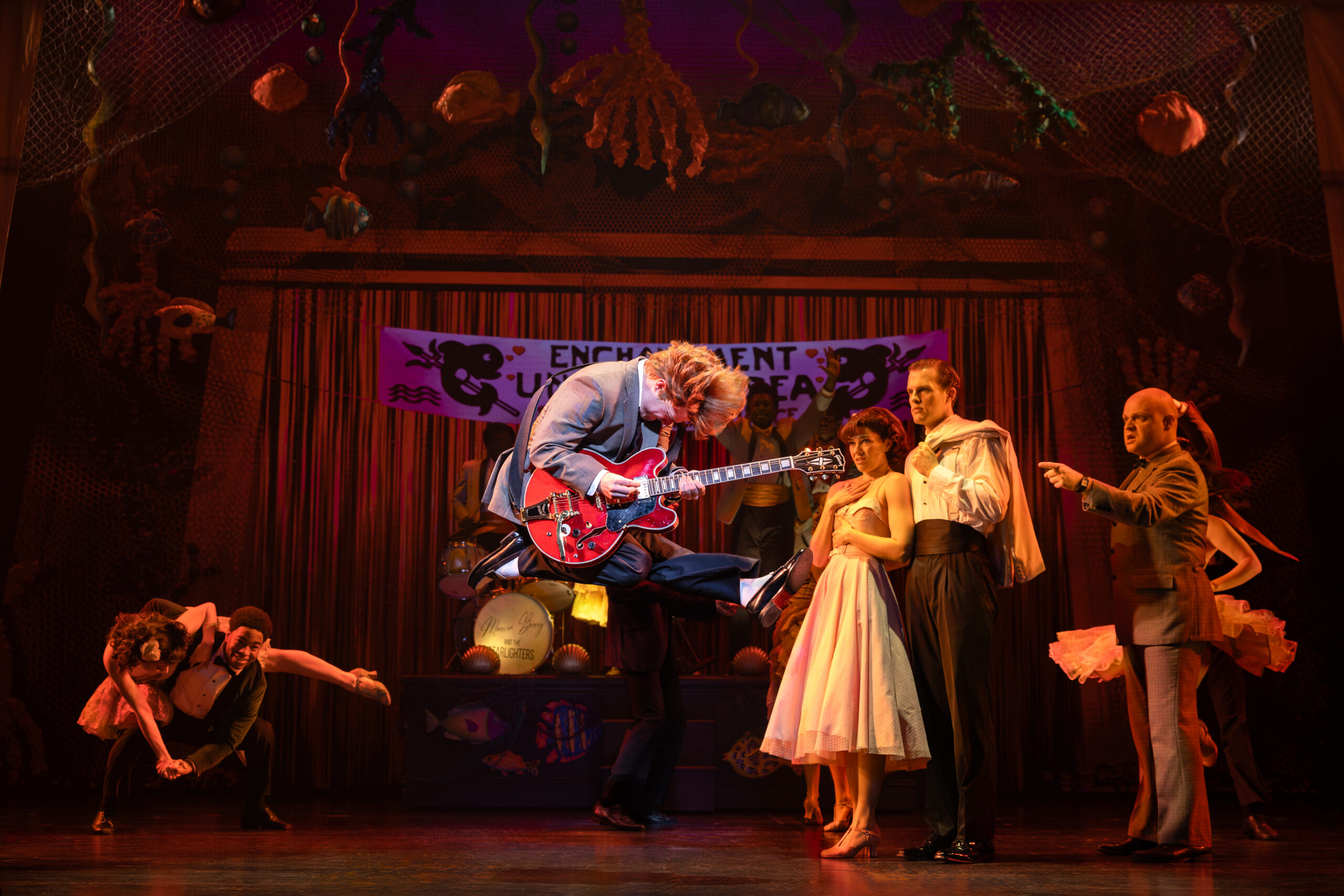You know the tubes at the bank drive-thru that deliver checks to the clerk? That’s the hyperloop, except instead of checks the tubes carry passengers.
The hyperloop concept touted by tech guru Elon Musk has found eager supporters in Missouri, who envision the world’s first air pressure transmission tube connecting Kansas City to St. Louis.
In October, Missouri House Speaker Elijah Haahr released a report aimed at convincing Musk’s Virgin Hyperloop One to establish a ten- to twelve-mile track here to test the safety and efficiency of the product. If the certification goes smoothly, Missouri could get the first functional hyperloop.
Hyperloop has yet to carry a human passenger, and the concept might not work or be safe. Meanwhile, Texas will soon home the Western Hemisphere’s first bullet train.
Texas Central is the company undertaking the design and installation of a Japanese Shinkansen high-speed rail between Houston and Dallas.
“This project in Texas will be a catalyst for looking at where train travel makes sense,” says Holly Reed, Texas Central’s director of external affairs. “There’s a sweet spot for high-speed trains, and that is too far to drive and too short to fly.”
The trip between Kansas City and St. Louis is just ten miles further than the Texas train’s route, meaning this could also be an ideal location for a bullet train. Instead, our lawmakers are focused on a hyperloop. The bullet train is more expensive than the hyperloop, but Rep. Haahr says there’s a reason for that. “The easement required is so much wider,” he says. “For the hyperloop, the pylons are just eight feet wide” instead of one hundred and fifty feet.
Reed emphasizes that in the fifty-five years of the Japanese train’s operation, there have been zero fatalities. She suggests the bullet train’s futuristic competitor lacks practicality.
“It’s an idea,” she says. “Someday they may figure out a way to make it work. To date, nobody has ever ridden it.”
Hyperloop vs Texas High Speed Train
Path
Hyperloop: Kansas City to St. Louis
Speed Train: Dallas to Houston
Speed & Distance
Hyperloop: 250 miles in 30 minutes
Speed Train: 240 miles in 90 minutes
Inventor
Hyperloop: Tesla and SpaceX
Speed Train: JRC’s Tokaido Shinkansen total system technology
Funding
Hyperloop: To be determined but estimated mix of private and federal
Speed Train: Investors
Project cost
Hyperloop: $10.4 billion
Speed Train: $20 billion
How it works
Hyperloop: Magnetic levitation and vacuums propel pods through an airtight tube
Speed Train:Entirely electric, the high-speed train is faster, quieter and safer than conventional trains with zero at-grade crossings.
Theoretical speed
Hyperloop: Up to 670 mph
Speed Train: Up to 205 mph
Actual proven speed
Hyperloop: Zero miles per hour
Speed Train: Up to 205 mph
Jobs created
Hyperloop: 7,600–17,200
Speed Train: 10,000 each year during peak construction, 1,500 once train is running
Testing
Hyperloop: A test facility in Nevada has run 400 times since 2014.
Speed Train: The Shinkansen has been in operation in Asia for 55 years with zero fatalities.




